Bus Stop Accessibility Improvements – Making Good on the Promise of the Americans with Disabilities Act
Metro is taking a data-driven approach to make the region’s bus stops more accessible to all.
The signing of the Americans with Disabilities Act (ADA) on July 26, 1990 was a landmark event in our nation’s history. Like other pieces of civil rights legislation, this law works to ensure a more inclusive America, one where every person has the right to participate in all sectors of society and be recognized for his or her accomplishments. Its passage paved the way for millions of Americans with disabilities to positively contribute to their communities in a variety of ways, including employment.
Two decades on, however, much work still remains to be done.
The DC region has over 19,000 bus stops, with approximately 11,100 served by Metrobus, and the remaining 8,900 served exclusively by locally operated transit systems. Of the 19,000 stops, approximately 6,500 are inaccessible to some people with disabilities. Inaccessible bus stops can be a reason for an individual to qualify for MetroAccess paratransit service operated by Metro, and can be a reason for an individual to choose MetroAccess over fixed route bus service for a particular trip. Accessible bus stops reduce demand for paratransit service, and improve safety for all customers. Metro and each jurisdiction in the region are working to improve inaccessible stops. In addition to improving stops Metro also aims to use an array of data as well as policy adjustments to strategically target bus stops for improvements.
Metro’s Bus Stop Standard
Metro maintains a database of the region’s bus stops. As a result of a new bus stop standard, Metro is not only updating the information in the database, but is working to improve the database in two significant ways: 1) provide jurisdictional access to update the database and 2) the addition of a smartphone app.
The standard criteria of an accessible bus stop includes the following: 1) Flat and Firm Surface, 2) 5 feet wide x 8 feet long, and 3) Connects to the Curb. Metro has added a fourth criterion for measuring the accessibility of a bus stop: the presence of an accessible pathway to/from the nearest corner to the bus stop. That accessible pathway must include a curb cut at the corner with an additional curb cut at one adjacent corner.
The two photos above illustrate the difference. Both bus stops feature flat and firm surfaces that are at least 5’ x 8’ in size, and both connect to the curb. So under the standard criteria, both are accessible bus stops. The difference is that the stop in the photo on the left is surrounded by grass and dirt. There is no accessible pathway to/from the stop. The stop on the right connects to the accessible sidewalk and pathway to the corner. Read more…

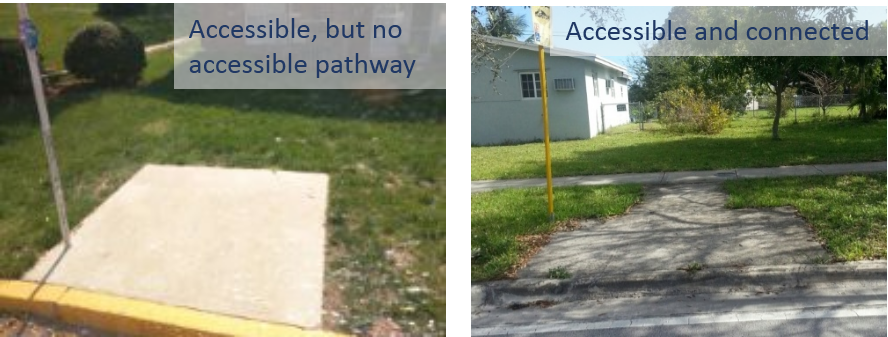
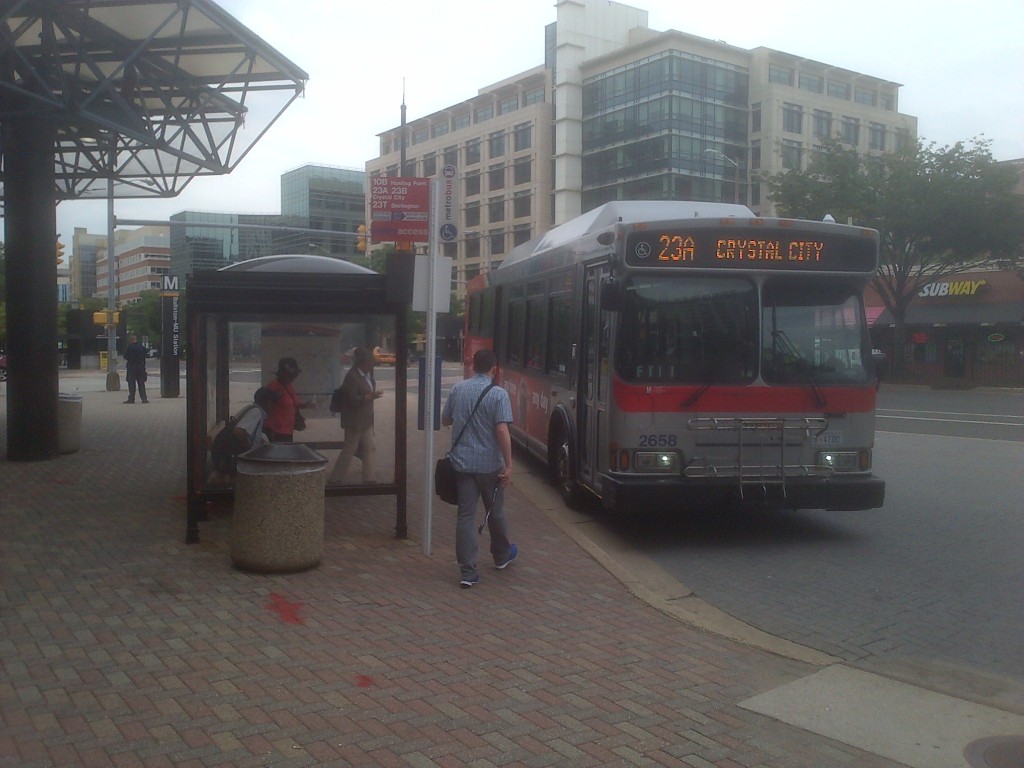
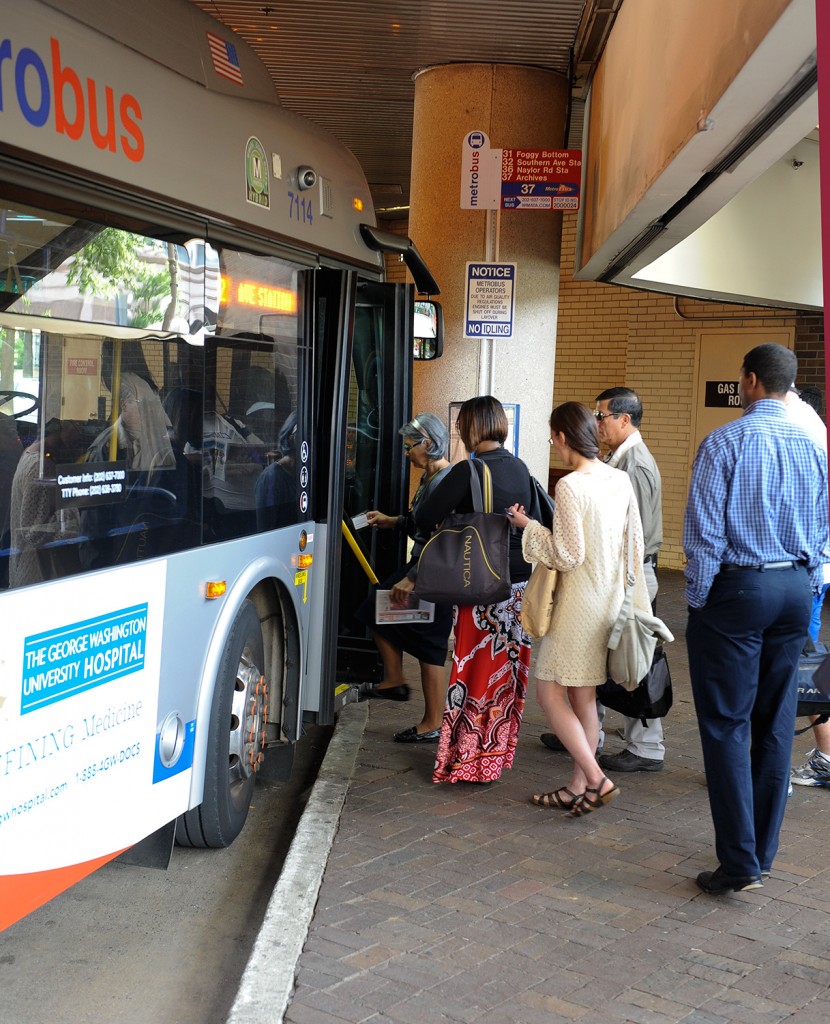
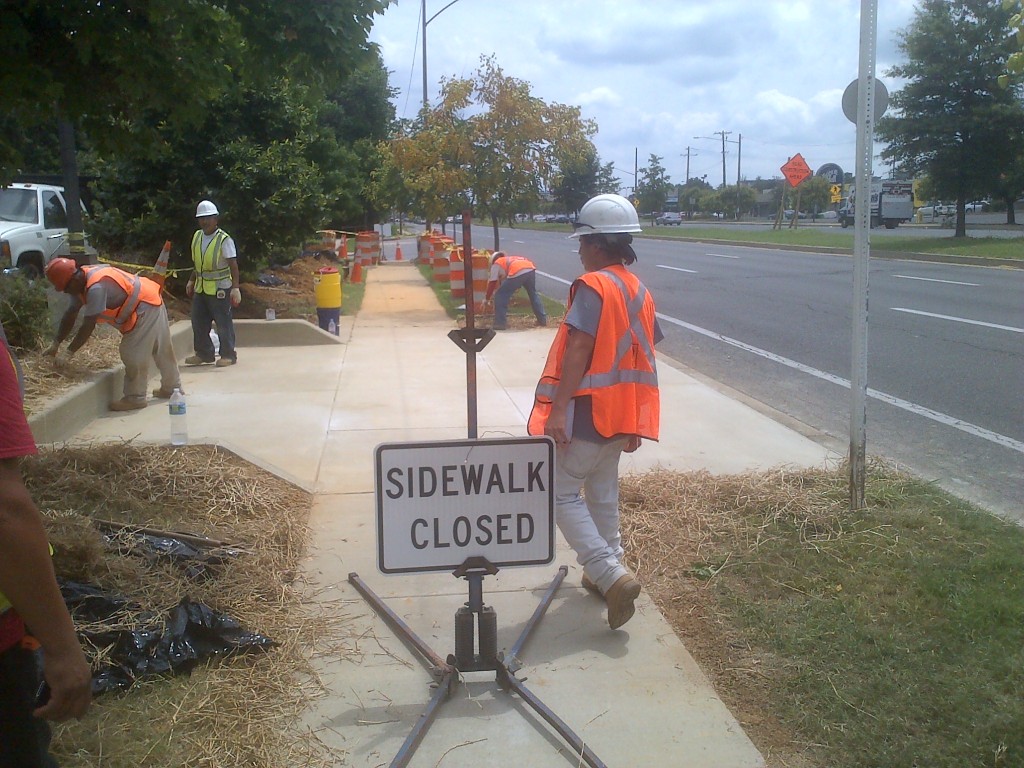
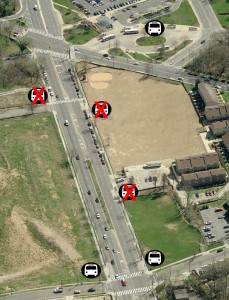

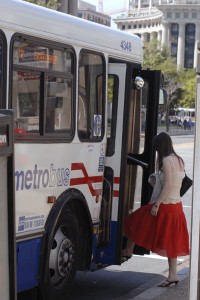

Recent Comments